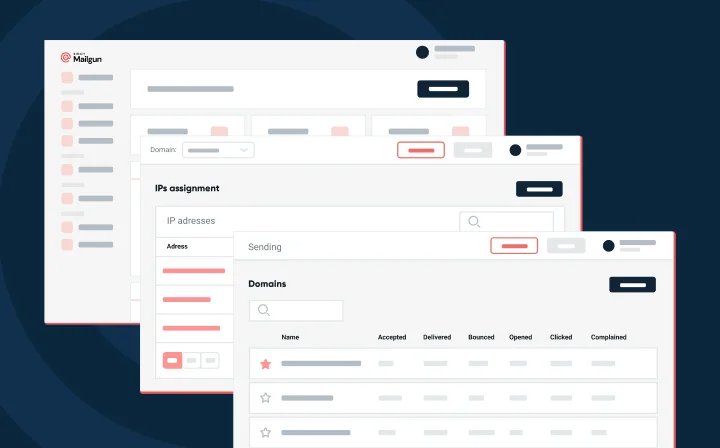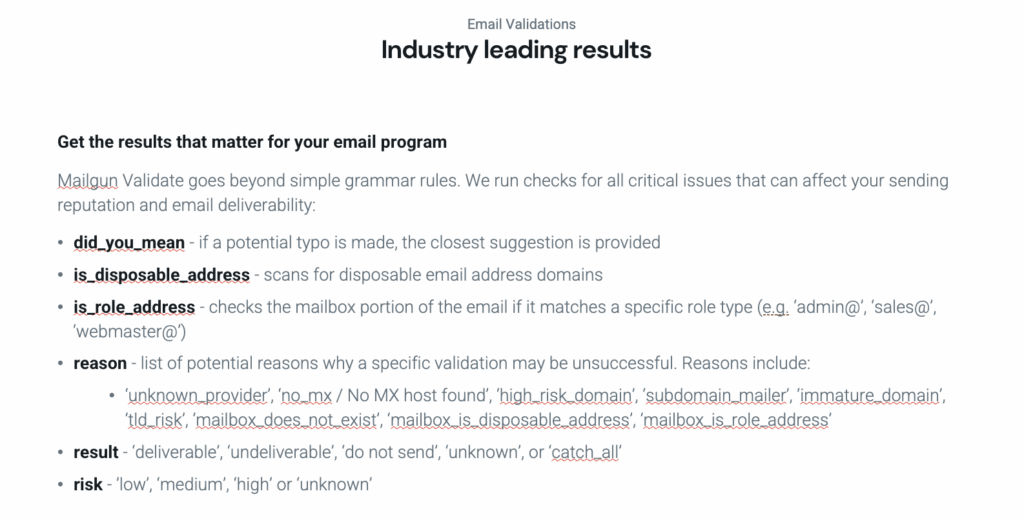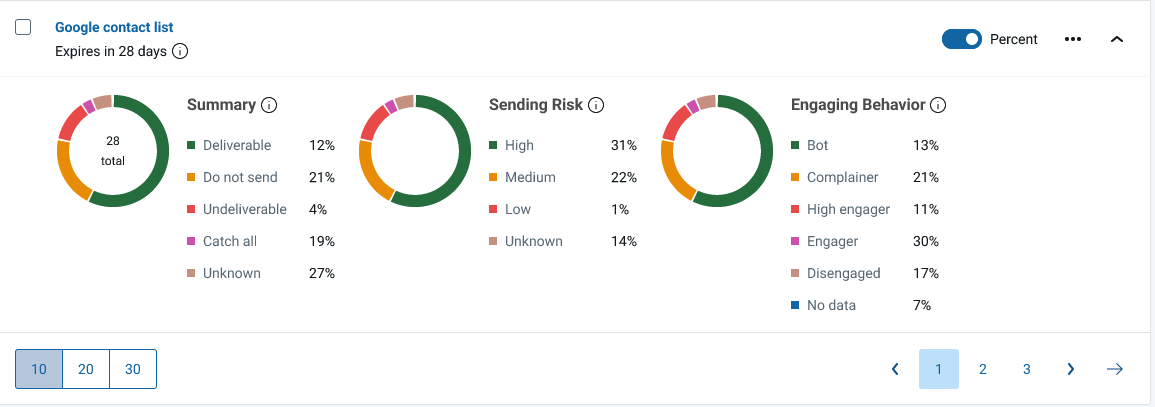Product
Introducing engagement data for validations: reveal authentic engagement trends with predictive data

Product

Sinch Mailgun’s latest release is an all-new validation criteria that leverages the past to give you a glimpse into the future. If you’re thinking this sounds too good to be true, we totally get it, until now, nothing like this has existed. In this post we’re going to break down how it’s possible and show you how you can use your engagement data to be proactive with your sending.
Mailgun Validate is your one stop shop for list hygiene and management. It’s a powerful suite of tools that lets you remove invalid and high-risk addresses in seconds to reduce bounces, protect your sender reputation, and increase inbox placement.
Our email validation service provides bulk email verifiers and real-time email verification based on our comprehensive database of email addresses to help you identify potential errors, non-existent domains, typos, and other issues.

This is important for a few reasons. First, ISPs are constantly closing their ranks when it comes to identifying and blocking spam. And it’s easier than you might think to be perceived as a spammer depending on your send volume, frequency of sending, and how well you follow the industries best practices like authentication and list segmentation. Mailgun Validate enables you to send more safely. Without worrying about impacting your reputation.

The power of email engagement criteria lies in its ability to precisely target and connect with the right audience. By defining specific criteria (beyond the datapoints of demographics, behaviors, or interests) marketers can tailor their messages to resonate with recipients on a behavioral level.
With the large amount of data at hand, analyzing engagement characteristics and metrics is the natural next step. Here’s what you can do:
Engaged: Recipient has clicked on or opened emails but not enough to identify the recipient as a High Engager.
Highly Engaged: Recipient has clicked on or opened several emails in a 30-day period (excludes automatic opens).
Disengaged: Recipient has only delivered emails in a 30 day period.
Bot: An unreasonably high number of clicks in a 30-day period.
Complainer: Recipient has complained, reported to spam, in a 30-day period.

This specificity makes it easy to get granular with your sending. If you’re already segmenting your contacts now you can further break down your lists by engagement behavior and risk for further targeting.
Every sender is different, but so is every consumer. A blanket sending strategy isn’t the answer, especially when you generate enough data by your own sending to predict how certain recipients will engage.
Mailgun Validate’s newest validation criteria leverages the past to give you a glimpse into the future of your sending potential. It seems almost too good to be true. After all, engagement data is nothing new – you send an email and wait for the metrics to come through – but what about engagement data that comes before you send?
Why be reactive when Mailgun Validate now allows you to be proactive.